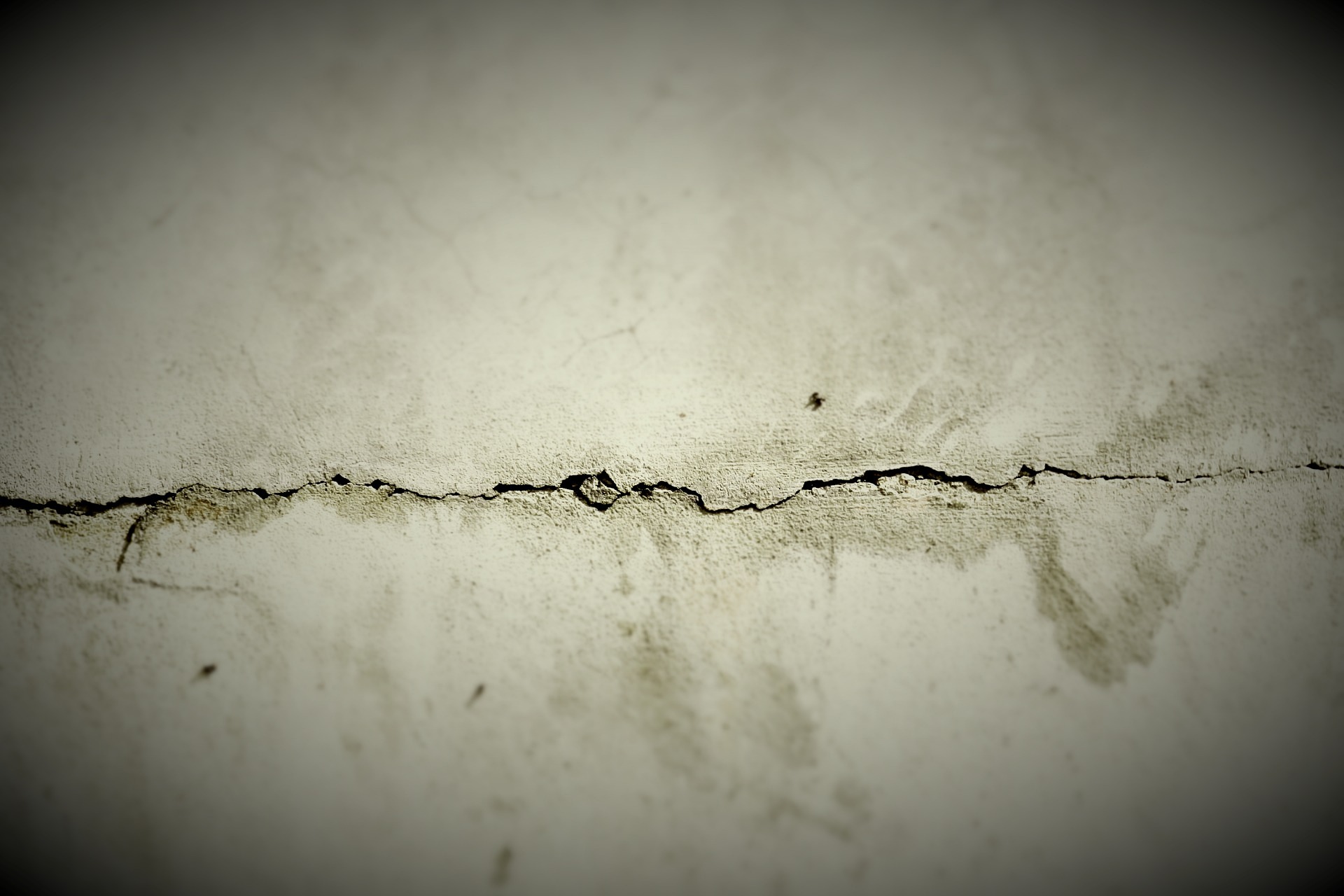Understand Basement Waterproofing and Learn About Durability and Price Ranges
Basement waterproofing is a critical home improvement process that protects your property's foundation and living spaces from water damage. This essential service involves applying various techniques and materials to prevent moisture infiltration, ensuring a dry and healthy environment in your basement. Understanding the methods, durability, and costs associated with basement waterproofing can help homeowners make informed decisions to protect their investments and maintain their property's value.

What is Basement Waterproofing?
Basement waterproofing is a comprehensive approach to preventing water and moisture from entering your home’s lower level. It involves identifying and addressing potential water entry points, such as cracks in the foundation, poorly sealed windows, or inadequate drainage systems. The primary goal of basement waterproofing is to create a barrier that keeps water out, protects the structural integrity of your home, and prevents issues like mold growth, musty odors, and property damage.
Types of Waterproofing Methods
There are several methods used for basement waterproofing, each suited to different situations and budgets:
-
Interior Sealants: This method involves applying waterproof coatings or paints to the inside walls of the basement. While it’s a more affordable option, it’s best for minor moisture issues and may not address underlying structural problems.
-
Exterior Waterproofing: This more comprehensive approach involves excavating the soil around the foundation and applying a waterproof membrane or coating to the exterior walls. It’s highly effective but can be more expensive and disruptive to landscaping.
-
French Drain Systems: These are trenches filled with gravel and perforated pipes that redirect water away from the foundation. They can be installed inside or outside the basement and are effective for managing groundwater.
-
Crack Injection: For foundations with specific cracks or leaks, specially formulated epoxy or polyurethane can be injected to seal the gaps and prevent water entry.
Durability and Lifespan
The durability of basement waterproofing solutions varies depending on the method used and the quality of installation:
-
Interior sealants typically last 2-5 years before needing reapplication.
-
Exterior waterproofing membranes can last 20-30 years or more when properly installed.
-
French drain systems, if well-maintained, can remain effective for 30-50 years.
-
Crack injections, when done correctly, can provide a permanent solution for specific problem areas.
Regular maintenance and inspections can significantly extend the lifespan of any waterproofing system. It’s important to address any signs of water intrusion promptly to prevent more extensive damage.
Factors That Affect Cost
The cost of basement waterproofing can vary widely based on several factors:
-
Size of the basement: Larger basements require more materials and labor, increasing the overall cost.
-
Severity of the water problem: Minor issues may be resolved with simple solutions, while severe water damage may require extensive work.
-
Chosen method: Interior sealants are typically less expensive than exterior waterproofing or installing a French drain system.
-
Accessibility: Difficult-to-reach areas or basements with limited access may increase labor costs.
-
Local labor and material costs: Prices can vary significantly depending on your location and current market conditions.
-
Additional repairs: If structural issues or mold remediation are needed, this will add to the total cost.
| Waterproofing Method | Average Cost Range | Typical Lifespan |
|---|---|---|
| Interior Sealants | $500 - $3,000 | 2-5 years |
| Exterior Waterproofing | $8,000 - $15,000 | 20-30 years |
| French Drain System | $5,000 - $12,000 | 30-50 years |
| Crack Injection | $300 - $1,000 per crack | Permanent (if done correctly) |
Prices, rates, or cost estimates mentioned in this article are based on the latest available information but may change over time. Independent research is advised before making financial decisions.
Smart Tips Before Investing
Before investing in basement waterproofing, consider these smart tips:
-
Get multiple quotes: Obtain estimates from at least three reputable contractors to compare prices and services.
-
Check credentials: Ensure the contractor is licensed, insured, and has positive reviews or references.
-
Identify the root cause: Work with professionals to determine the source of water issues before deciding on a solution.
-
Consider long-term value: While some methods may be more expensive upfront, they could offer better protection and durability in the long run.
-
Timing matters: Schedule waterproofing during drier seasons for optimal results and to avoid complications from wet weather.
-
Maintain proper drainage: Ensure your gutters and downspouts are functioning correctly and directing water away from your foundation.
-
Address related issues: Take care of any grading problems or landscaping issues that may be contributing to water accumulation near your foundation.
Investing in basement waterproofing is a crucial step in protecting your home and maintaining its value. By understanding the various methods, their durability, and the factors affecting cost, you can make an informed decision that best suits your needs and budget. Remember to work with qualified professionals and address water issues promptly to ensure the long-term health and safety of your home.




